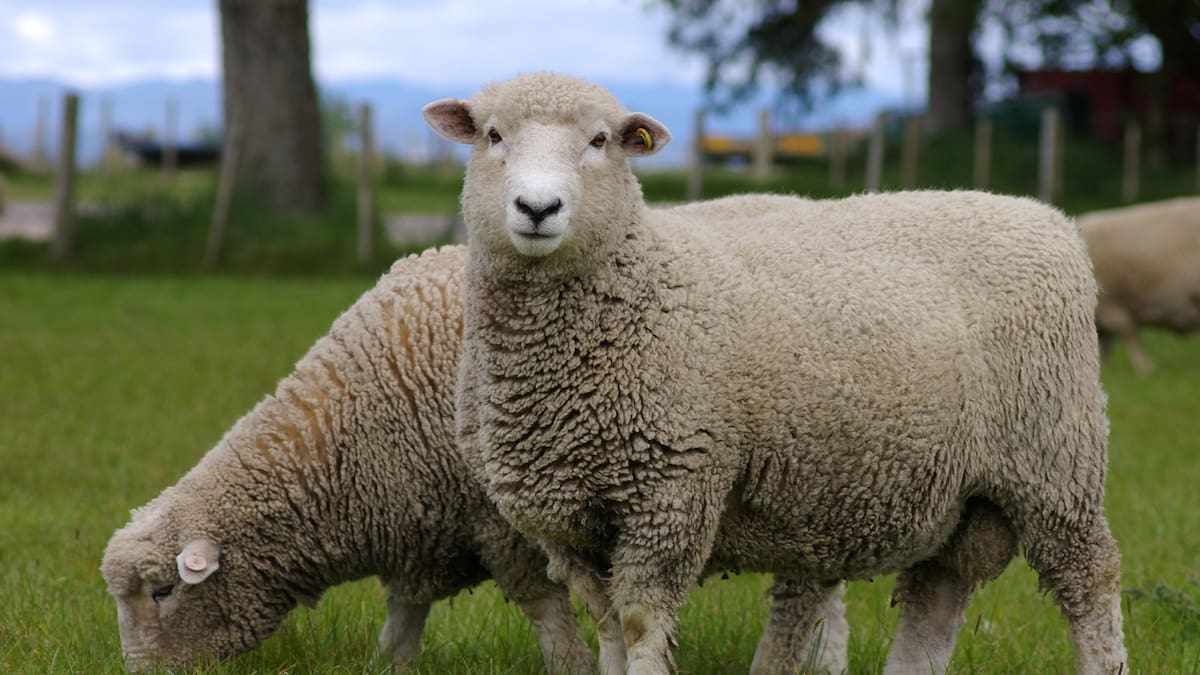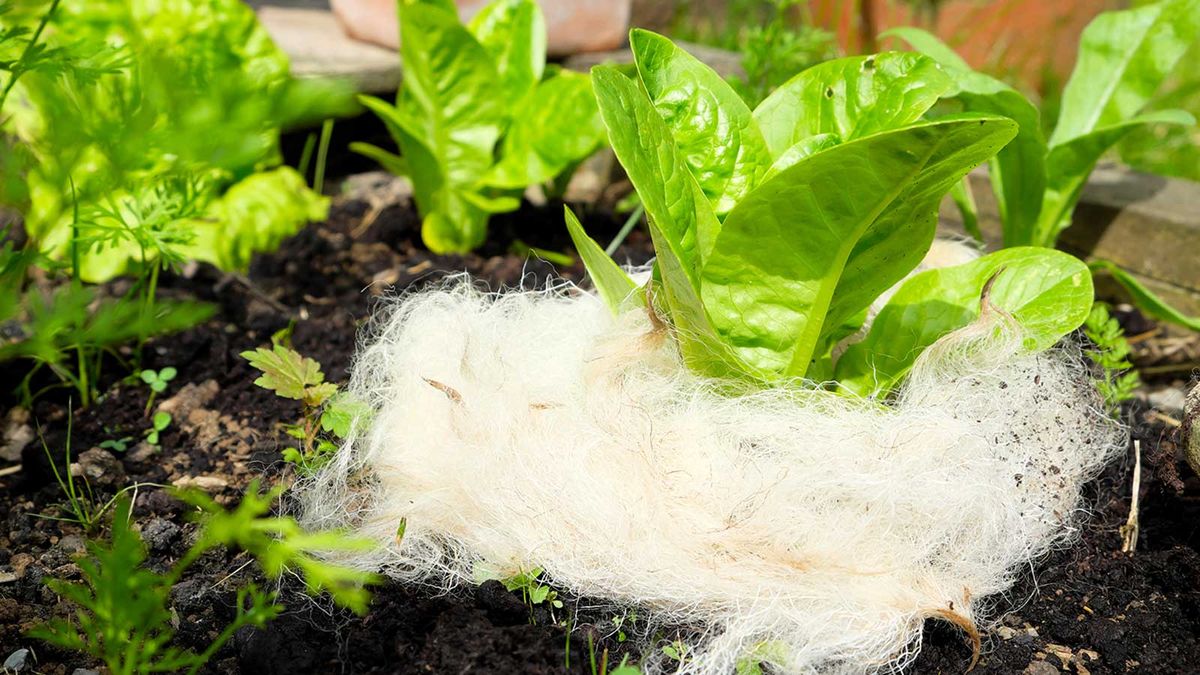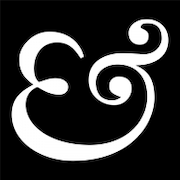The Wool Wire | May 23, 2025
Innovative uses of wool for hygiene, horticulture, and keeping tabs on our aquatic friends.

News snippets from the wool world
Greetings, my fellow woolheads!
An extra welcome to those of you who just joined us after watching the MDK Society Snippets show this week. I'm happy you're here!
We begin with an update on a success story out of New Zealand. Two years ago, I told you about a mother-daughter startup called Woolchemy, which had just received venture funding. They've been hard at work developing a wool material that can replace petroleum fibers in disposable menstrual hygiene products, baby diapers, and adult incontinence care.
As proof of their progress, the company has just received the Idea Raw Material Achievement Award from Inda, a global association for nonwovens and engineered fabrics. The reward recognizes the company's development of what they're calling "the world's first hygiene-grade wool."
According to Woolchemy, an estimated 2 billion hygiene products are used and discarded every day, 93% of them made from petroleum-based plastics.
The company said its innovation offered a renewable, high-performance alternative that broke down naturally and was gentler on skin. Woolchemy said it aimed to enable circular design in one of the world‘s most waste-intensive industries by transforming strong wool—a renewable and often undervalued fibre—into biodegradable materials that replace fossil-derived plastics.

How does your garden grow?
I'm always excited when wool crops up in the mainstream press. UK's gorgeous Homes & Gardens recently ran an article about five ways wool can be helpful in the garden. Assuming that readers might think she was telling them to throw a pullover into the tomato bed, the author made a point of using the term horticultural wool—i.e. a lower-quality grade that's been minimally processed, either still in fleece form or turned into felted sheets or pellets.
Most of the points in the article are ones we've already discussed. But in addition to noting wool's utility as a nutrient-rich soil amendment, moisture retainer, mulch, and slug control, the author also noted how wool can be used for seed starting.
I appreciate her honesty about the potential drawbacks of wool in the garden, which can include a high price tag, the potential for too much moisture retention, and the risk of your garden looking like a flock of sheep fell asleep in it. Which doesn't sound all that bad to me.

It's a good article to share with the gardener in your life, and/or with your local garden center, should they need convincing that wool is part of their future.
Sweaters for scallops, sturgeons, and salamanders?
Put on your geek goggles, we're heading into deep wool science for our last story. We've developed all sorts of ways to monitor the health and migration patterns of marine wildlife—think everything from the migration patterns of great white sharks to the heartbeats of scallops. (And yes, scallops do have hearts. I looked it up.) This monitoring helps us maintain ecosystem balance, study climate change, and stay up to date on potential impacts to human health.
Among the high-tech goos and gadgets we've created to monitor marine wildlife is something called a hydrogel. Seeking to improve hydrogel's conductivity, mechanical strength, and self-recovery capabilities, researchers are turning to the keratin found in, ding ding ding, sheep's wool.
...The research team combined KE, a protein abundant in feathers and wool, with eutectic gallium-indium (EGaIn) liquid metal. ... The KELM hydrogel-based wearable electronics were successfully used to monitor the heartbeats of invertebrate and vertebrate aquatic animals, such as scallops, sturgeons, and giant salamanders. The sensors can detect subtle changes in heartbeat patterns and transmit data wirelessly, providing valuable information for assessing the health of aquatic organisms
How cool is that?
Considering the abundance of coarser wool that's going to waste, finding new uses for it helps everyone—humans and aquatic animals alike.
On that note, I'll let you go.
Thanks, as always, for your readership and your support!
Until next time,
Clara
The Wool Channel Newsletter
Join the newsletter to receive the latest updates in your inbox.






